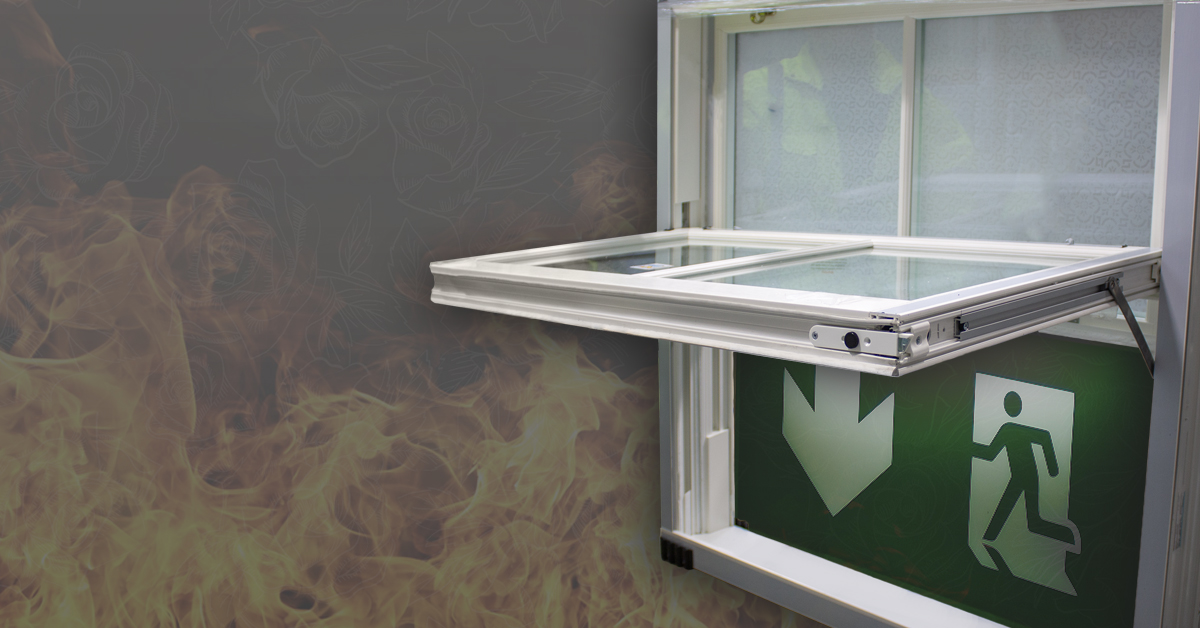What is a U-value?
If you work in the construction industry, you’ve probably heard of U-values. Depending on your specialist area, U-values may not directly influence your day to day work. U-values, however, are an important part of current Building Regulations standards. It is important, therefore, for all construction workers to have some understanding of what they signify.
If you are a double glazing installer, fabricator, builder, architect, or specifier, then knowledge of U-values is essential. Let’s take a closer look at what a U-value measures and why it’s important in today’s construction sector.
Measuring window performance
U-values and Energy Ratings measure how well a material or product insulate a building. The lower the U-value, the better the heat insulation provided. Energy Ratings provide a similar way of measuring insulation and are classified by letters, where A is better than B and so on. In terms of uPVC sash windows, both U-value and Energy Rating calculations take into account the performance of the glass, frame, and any internal components, measuring how effective the window is at preventing heat from escaping the building. Energy Ratings also add solar gain into the equation, taking into account heat entering the building from the sunlight entering through the window.
Standard Roseview sash windows achieve a U-value of 1.49 W/m²k and have an Energy Rating of A. The U-value can be improved further with optional upgrades.
The National Fenestration Rating Council (NFRC) calculate a window’s U-value by assessing the entire window including frame, spacer bars, and glazing. They may sometimes calculate the centre-of-glass U-factor which measures the performance of just the glazing and not the frame. This can help to judge whether enhanced glazing would be potentially beneficial.
Energy efficient uPVC sash windows
When manufacturing uPVC sash windows, we ensure that our products achieve the lowest possible U-values. We use specially designed insulating air spaces in all our uPVC frames which, when combined with the frame’s low conductivity capacity, create an effective barrier against heat transfer.
Lowering a window’s U-values is important for creating a thermally efficient building and meeting the required regulatory standards. It is also an important factor to consider when trying to lower carbon emissions and protect the environment. When heat is trapped in a building, less energy will be used thus reducing the building’s carbon footprint. This highlights the importance of low U-values on a larger scale.
If you work in the construction sector and you’d like to find out more about uPVC sash windows from Roseview, contact us today. Call us on 01234 712 657 or send us a message online.







